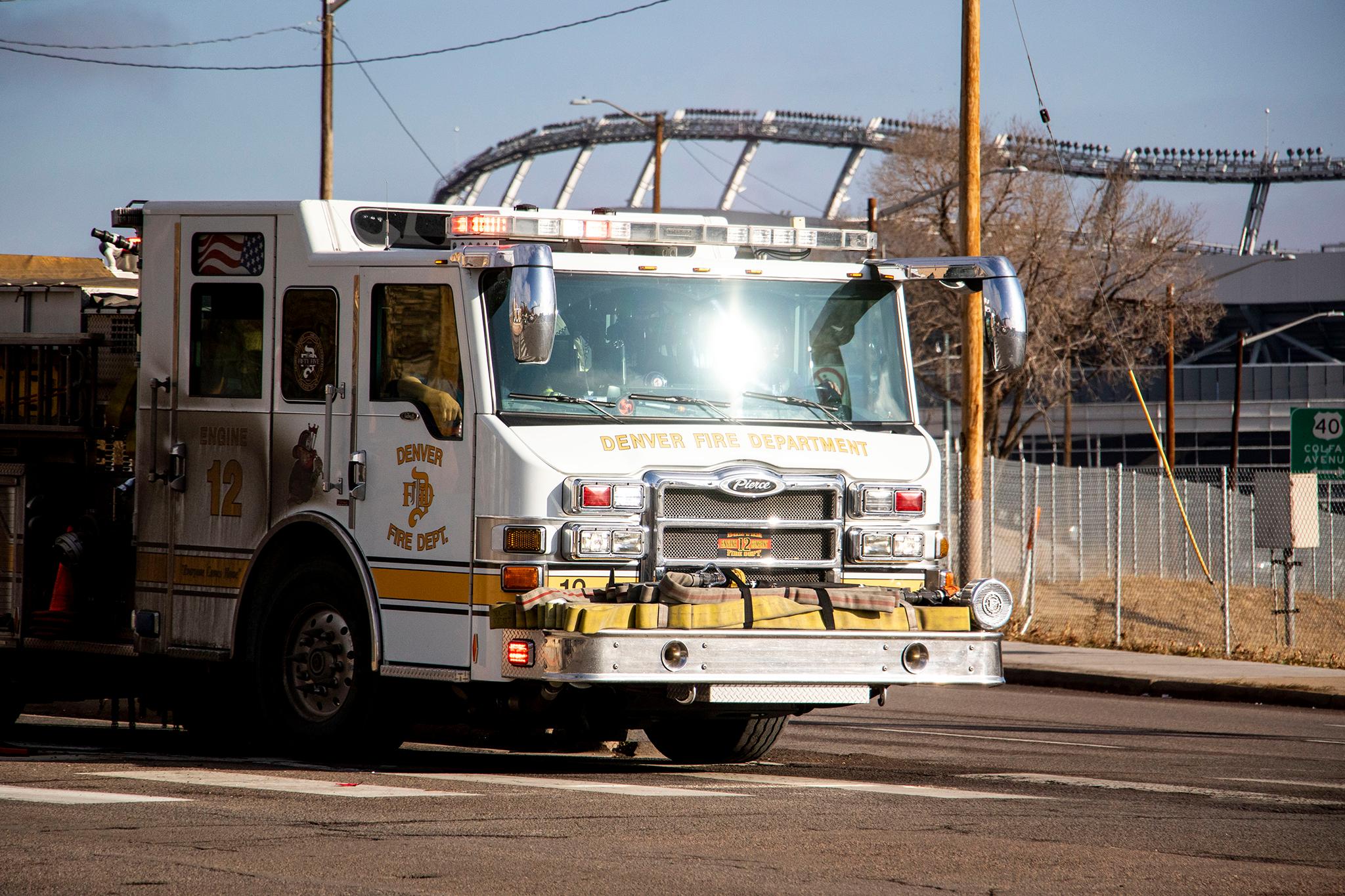It took Denver fire firefighters about an hour to put out a seven-acre grass fire in the city's Lowry neighborhood in December. Department spokesperson Greg Pixley said the fire was stopped before it could affect any structures.
The blaze, near a golf course and a dog park, was driven by winds. The city's drought played a role as well.
"It's an anomaly," Pixley said. "Usually in December, we have snow. It helps eliminate this kind of thing from happening."
The Marshall fire, which erupted a week ago on Thursday and become the most destructive fire in Colorado history as far as property damage, is drawing attention to how wildfires, which more often bring devastation to rural areas, are nearing suburban corridors due to climate change.
Pixley said firefighters caught a break with the grass fire in Lowry. A nearby street helped contain the fire, preventing it from affecting buildings and becoming the catastrophic event that took place in Boulder County.
"We're an urban city," Pixley said. "We don't have a tremendous amount of wooded areas, but we do have parks. We do have an environment that can create a situation like this."
Most of the city isn't at any risk of being impacted by wildfires, at least according to data from the Colorado State Forest Service.
But there are pockets that are at some risk.
The State Forest Service's interactive map, which aims to increase wildfire awareness among the public, shows parts of certain neighborhoods including Bear Valley, Central Park, DIA, Fort Logan, Green Valley Ranch, Marston, Montbello and Windsor, are considered to be at risk because they're in what's called the wildland-urban interface.

Nearly 3 million people in Colorado live in the wildland-urban interface. Something to note: Fordham said this map is based on 2017 conditions, and they're working on updating the data.
The map shows parts of Lowry, where the grass fire took place, are at risk as well. Pixley said the December fire didn't destroy property, so the agency didn't dedicate more resources to investigate what caused it. The department ruled it an accidental fire.
Pixley said there are some simple things residents can do to prepare to avoid any kind of fire.
It starts with focusing on your home's exterior. For one, if you have things like juniper bushes around your home, make sure they're trimmed and not overgrown. Pixley said they burn fast when they're dry and exposed to heat.
"There is a need for them to maintain their homes, the exterior, so that they're not overgrown so that they do have protection from situations like this," Pixley said.
Another step: clearing pine needles from gutters to reduce the chance of spark or flame having more fuel to keep burning.

Denver sent at least 31 firefighters and eight fire-fighting trucks, including smaller vehicles, to help the Marshall fire, Pixley said.
At least eight Denver firefighters were still on the scene Thursday, helping extinguish smaller fires.
The crews are part of the Denver wildland fire team, which is the largest of its kind in the state, according to Pixley. He said more than 200 firefighters in the department are trained to combat wildfires, and the city offers teams to assist other agencies, just like last week. The teams have even been deployed to help with wildfires in other states, including California and Kansas.












